How to Check if a National ID is Legitimate
National IDs serve as essential identification documents in many countries, offering individuals a unique identification number that proves their citizenship and identity. With the rise of identity theft and fraud, however, the authenticity of a National ID is becoming an increasing concern. Knowing how to check if a National ID is legitimate is crucial to safeguarding oneself from identity theft, fraud, and other criminal activities.
This article provides a comprehensive guide on how to check if a National ID is legitimate. From the basics of how National IDs are designed and structured, to methods of verification and specific tools that can be used, we cover all the necessary steps and precautions to help you spot a fake ID.
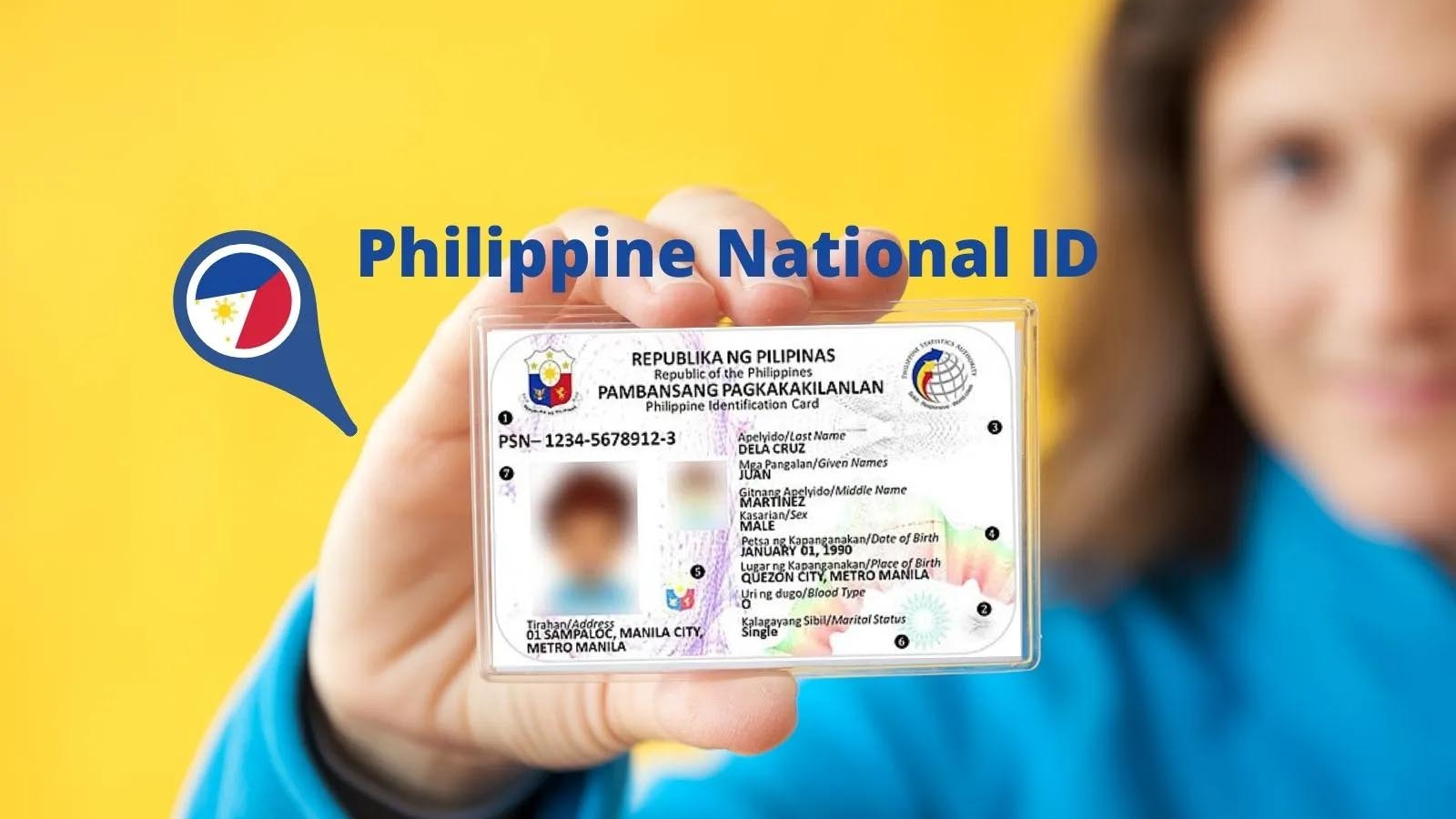
1. Understanding the Structure of National IDs
Before diving into the verification process, it’s important to understand what a typical National ID looks like and the information it contains. Although the exact design and format of National IDs vary from country to country, most IDs share several key features:
Key Elements of a National ID:
- Personal Information: This includes the individual’s full name, date of birth, gender, and address.
- Identification Number: This is a unique number assigned to the individual. It is usually a series of numbers, though some countries include letters.
- Photograph: A passport-style photo of the cardholder.
- Signature: Some National IDs have a section for the holder’s signature.
- Expiration Date: Many National IDs come with an expiration date or a renewal date.
- Holograms or Watermarks: To prevent counterfeiting, National IDs often include security features such as holograms or watermarks.
- Barcode or RFID Chips: In modern IDs, barcodes or embedded RFID chips may be included for easy verification.
Understanding these common features will help you know what to look for when verifying the legitimacy of an ID.
2. Steps to Check if a National ID is Legitimate
2.1. Inspect the Design and Visual Features
Examine the Physical Appearance:
National IDs, especially those issued in the last decade, are designed with a range of security features to prevent counterfeiting. When checking if a National ID is legitimate, the first step is to carefully examine the physical features of the card.
- Holograms and Watermarks: Many countries use holographic images or watermarks embedded in the card. Holograms change depending on the angle of the light and are difficult to replicate.
- Color Shifting Ink: Some National IDs use ink that changes color depending on the angle. This feature is commonly found on higher-end cards and is hard to replicate.
- Microprint: Another security feature found in modern IDs is microprinting, where very small text or patterns appear that are visible only under magnification.
- Raised Text or Images: Many legitimate IDs have raised text or images that can be felt by touch.
Check the Font and Spacing:
A fake ID might have poorly printed text, inconsistent font styles, or incorrect spacing between characters. Carefully look for any discrepancies, especially in the personal details such as names, addresses, and ID numbers.
Assess the Card’s Material:
Authentic National IDs are typically made of durable plastic or a polycarbonate material, which has a high resistance to tampering. Fake IDs might feel flimsy or too lightweight. Some IDs are also made with layers to enhance durability and prevent tampering, so check for any peeling or rough edges that could suggest a fake card.
2.2. Check the ID Number
Every National ID contains a unique identification number that is assigned to each individual at the time of issuance. These numbers are often generated using algorithms and may follow a specific pattern depending on the country.
Country-Specific Numbering Systems:
In some countries, the National ID number is based on the person’s date of birth, gender, and a serial number, while in others, it might follow a random format. Understanding the pattern used by your country can help you identify suspicious IDs.
Length and Format:
The length of the ID number and its format may differ by country. A number that seems too short, too long, or irregular in format may be a red flag. Additionally, check if the number aligns with any known naming conventions or algorithms used in your country.
Look for Duplicates:
In many countries, National ID numbers are stored in government databases. If you suspect an ID might be fraudulent, you can verify the number through the appropriate authorities.
2.3. Verify the Barcode or QR Code about How to Check if a National ID is Legitimate
Modern National IDs often include a barcode or QR code, which can store a variety of data, such as the holder’s name, date of birth, and other identifying information.
Scanning the Barcode:
Many ID cards are encoded with a barcode or QR code that can be scanned to quickly verify the information. You can use a barcode scanner or mobile phone app to check whether the information encoded in the barcode matches the visible information on the card.
Check the Machine-Readable Zone (MRZ):
Some National IDs have a machine-readable zone (MRZ) similar to the ones found on passports. This zone typically contains alphanumeric codes that are standardized, making it easier for government agencies and businesses to verify the information.
2.4. Validate the Photograph
The photograph on a National ID should be clear, high-quality, and match the individual holding the card. Fake IDs often feature blurry or poorly printed photos.
Compare the Photo to the Cardholder:
Ensure the person holding the ID looks like the one in the photo. If you’re verifying an ID for official purposes, always ask the individual to show you a second form of ID, such as a passport or driver’s license, for comparison.
Verify the Quality of the Image:
Fake IDs sometimes use poor quality images or printing methods that can make the photo appear pixelated or blurry. Authentic National IDs will have high-resolution images.
2.5. Check for Expiration and Issuance Dates
National IDs typically have an issuance date and an expiration date. A legitimate ID will have a valid, future expiration date, and the issuance date will be consistent with the time the individual is likely to have obtained the ID.
Ensure the ID is Not Expired:
An expired ID can be a sign of a potential issue. However, in some cases, the ID may still be a legitimate, but expired document. If the expiration date is near or already passed, make sure the individual has an updated ID.
2.6. Cross-Reference with a Government Database
In many countries, government agencies maintain digital records of National IDs. These databases can be accessed for verification purposes.
Contact Authorities:
If you’re unsure whether a National ID is legitimate, you can contact the issuing government agency, such as the national registry office or a local law enforcement office. They can help you verify if the ID number and other information match their records.
Online Verification Services:
Some countries have online services where you can verify the authenticity of National IDs. These platforms allow you to check ID numbers, names, and other information to see if the ID exists in the government’s database. However, these services may require specific permissions to access.
2.7. Use Advanced Technology for Verification
Biometric Data:
Some modern National IDs use biometric data, such as fingerprints or facial recognition, to further secure the identity of the individual. In countries where biometric data is stored in the ID, biometric scanners can be used to verify the person’s identity.
Electronic Chips:
Some National IDs come with embedded electronic chips, which store encrypted personal data. A smart card reader can be used to read the data from these chips. If the chip is tampered with or the data does not match the printed details on the card, it could indicate the ID is fake.
3. Red Flags to Watch for in Fake National IDs
Here are some common signs that a National ID might be counterfeit:
- Inconsistent Fonts or Layouts: Poorly printed text, odd fonts, or irregular spacing.
- Unusual ID Number: A number that is too short, too long, or doesn’t follow the standard format.
- Low-Quality Photograph: Blurry, pixelated, or poorly printed photos.
- Incorrect or Missing Security Features: Lack of watermarks, holograms, microtext, or other features that are commonly used in legitimate IDs.
- Faded or Discolored Text: If the text appears faded or discolored, this could be a sign of tampering or a counterfeit card.
- Lack of Machine-Readable Data: Missing barcodes, QR codes, or MRZ that should be present on modern IDs.
4. Conclusion
National IDs are vital for verifying an individual’s identity, but they are also prime targets for counterfeiters. By carefully examining the design and security features of the card, verifying the ID number and personal information, and utilizing digital tools and government databases, you can effectively check if a National ID is legitimate.
It is essential to stay vigilant and aware of the security features that make a National ID genuine. When in doubt, always rely on official verification channels, and if you suspect fraudulent activity, report it to the appropriate authorities to protect yourself and others.
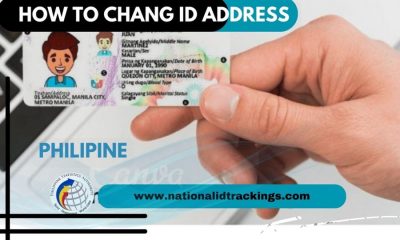
 Uncategorized12 months ago
Uncategorized12 months ago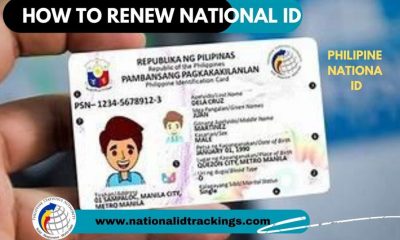
 Uncategorized11 months ago
Uncategorized11 months ago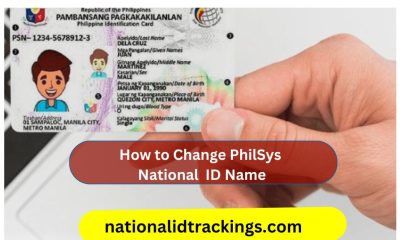
 Uncategorized11 months ago
Uncategorized11 months ago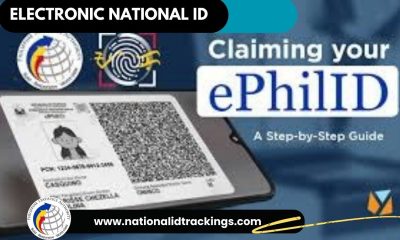
 Uncategorized12 months ago
Uncategorized12 months ago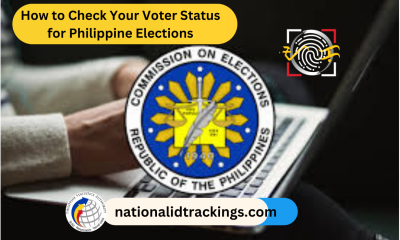
 Uncategorized11 months ago
Uncategorized11 months ago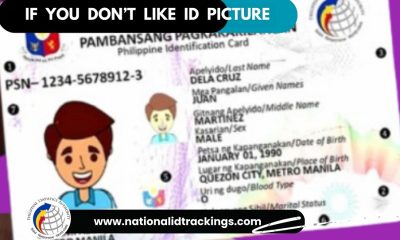
 Uncategorized12 months ago
Uncategorized12 months ago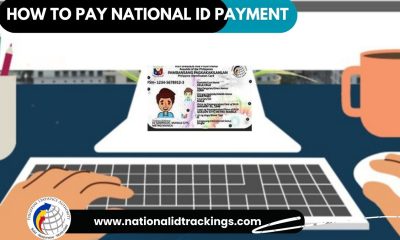
 Uncategorized11 months ago
Uncategorized11 months ago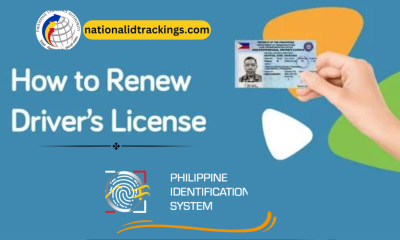
 Uncategorized11 months ago
Uncategorized11 months ago
 Uncategorized11 months ago
Uncategorized11 months ago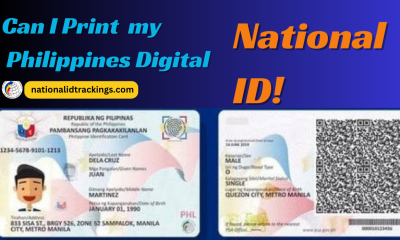
 Uncategorized9 months ago
Uncategorized9 months ago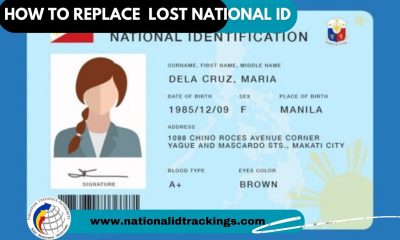
 Uncategorized11 months ago
Uncategorized11 months ago
 Uncategorized9 months ago
Uncategorized9 months ago

-Feb-07-2024-03-07-18-5160-AM.png?width=600&height=400&name=Pics%20for%20blog%20-%20600x400%20(1)-Feb-07-2024-03-07-18-5160-AM.png)